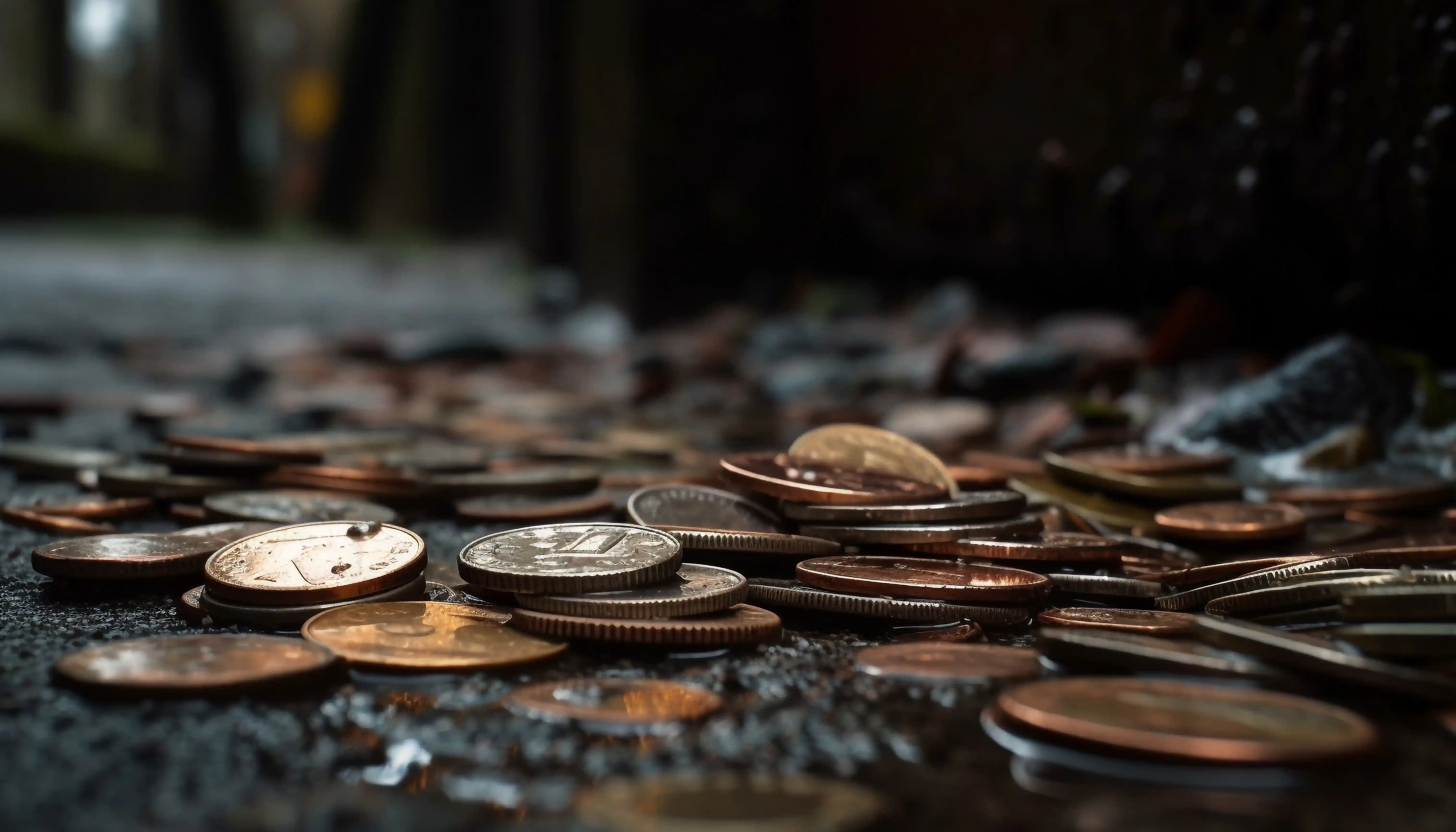The 1979 Dollar Coin: An Investor's Guide to the Susan B. Anthony Dollar
.The 1979 Susan B. Anthony (SBA) dollar represents a unique intersection of numismatic history and modern coinage. As the first U.S. circulating dollar coin to feature a real woman, it carries historical significance—but from an investment perspective, its value is more nuanced.
This analysis breaks down the 1979 dollar coin's market performance, key varieties, and long-term potential for collectors and investors.
Why the 1979 Dollar Was Minted
The U.S. Treasury introduced the Susan B. Anthony dollar in 1979 to:
Replace the bulky Eisenhower dollar (which saw little circulation)
Honor women's suffrage ahead of the 1980 election year
Promote dollar coin usage (though its similarity to quarters led to public confusion)
The coin's small size (26.5mm) and copper-nickel composition made it cost-effective but unpopular in commerce.

Key Investment Varieties
1. 1979-P (Philadelphia Mint)
Business Strike: Common; worth $1–$3 in uncirculated condition
Wide Rim Variety: Date sits closer to the edge; $50–$300+ in MS-65 or higher
2. 1979-D (Denver Mint)
Slightly scarcer than Philly issues
MS-65 specimens: $10–$25
Top-grade MS-67: $150–$400
3. 1979-S (San Francisco Proof)
Type I Proof (Clear "S"): $5–$15
Type II Proof (Filled "S"): $20–$50
PR-70 Ultra Cameo: $100+
Market Performance & Trends
Factor | Impact on Value |
Low Bullion Value | Minimal intrinsic worth (clad composition) |
Condition Rarity | MS-67+ specimens command 10–20x premiums |
Registry Demand | Set collectors compete for top-graded coins |
Error Coins | Off-center strikes or clipped planchets fetch $50–$500 |
The 1979-S Type II proof was initially overlooked but has gained 30% in value since 2020 (NGC data).
Investment Strategies
1. Short-Term Plays
Target RAW 1979-P Wide Rim coins in AU/MS condition ($20–$80), then submit for grading.
Buy 1979-S Type II proofs under $30; they’re undervalued vs. Type I.
2. Long-Term Holds
MS-66/67 coins (PCGS/NGC): Population reports show <500 in these grades.
CAC-approved examples: Green stickers add 15–20% resale value.
3. Risks to Consider
Liquidity: Common dates trade slowly below MS-65.
Counterfeits: Altered mint marks exist—buy certified.
Why Collectors Care
Despite its rocky circulation history, the 1979 dollar has:
✅ First-mover status (paved the way for Sacagawea/Presidential dollars)
✅ Political symbolism (women's rights iconography)
✅ Error potential (transitional years often have striking oddities)
Verdict: Niche but Noteworthy
While not a high-growth asset like classic silver dollars, the 1979 SBA offers:
Low-barrier entry for new collectors
Conditional opportunities in top-tier grades
Historical relevance for thematic collections
Pair with 1980/1981 proofs to build a complete "small dollar" set.
For auction records or population data, consult PCGS CoinFacts or Heritage Archives.

FAQs
1. What makes the 1979 dollar coin special?
The 1979 Susan B. Anthony dollar was:
The first U.S. circulating coin to honor a real woman
A transitional coin between large Eisenhower dollars and modern small dollars
Minted during a period of significant social change regarding women's rights
2. Is my 1979 dollar coin worth more than face value?
Most circulated examples are worth $1-$2, but:
Uncirculated coins: $2-$10
Rare varieties: $50-$500+
Top-graded specimens: Up to $2,300
3. Which mint mark is most valuable?
Value hierarchy:
1979-S Proof (San Francisco)
1979-P Wide Rim (Philadelphia)
1979-D (Denver)
Regular 1979-P
4. How can I identify a 1979-P Wide Rim variety?
Key characteristics:
Date is closer to the rim
Thicker border around the edge
Only about 10% of 1979-P coins have this variety
5. What grade should I buy for investment?
Recommended investment grades:
MS-66 or higher for business strikes
PR-69 or PR-70 for proofs
CAC-approved coins preferred
6. Are proof coins better investments than business strikes?
Type | Pros | Cons |
Proofs | More consistent quality, attractive to collectors | Limited upside potential |
Business Strikes | Higher upside for top grades | More condition variability |
7. What's the current market trend for these coins?
2024 market observations:
+15% increase for MS-67 examples since 2020
Stable demand for proof sets
Growing interest in women's history-themed numismatics
8. Where's the best place to buy/sell these coins?
Recommended venues:
Buy: Heritage Auctions, PCGS/NGC-certified dealer networks
Sell: Coin shows, specialized dollar coin dealers, eBay (for raw coins)
9. How can I spot counterfeit 1979 dollars?
Red flags:
Wrong color (should be nickel-copper clad)
Incorrect weight (should be 8.1g)
Fuzzy details on Anthony's portrait
Unnatural-looking mint marks
10. Should I get my coin graded?
Grading makes sense when:
You suspect it's a Wide Rim variety
The coin appears Mint State
You're considering selling for over $100
11. Why did the 1979 dollar fail in circulation?
Three main reasons:
Similar size to quarters caused confusion
Public resistance to dollar coins
Lack of vending machine compatibility
12. How many 1979 dollars were minted?
Total mintage:
Philadelphia: 360,222,000
Denver: 288,015,744
San Francisco: 3,677,175 (proof)
13. Will these coins appreciate in value?
Projections:
Common dates: 2-3% annual growth
Key varieties: 5-7% potential growth
Registry-quality coins: 8-10% possible
14. Are there any upcoming anniversaries that might boost value?
Potential value catalysts:
2026: 50th anniversary of women on U.S. currency
2030: Susan B. Anthony's 210th birthday
For serious investing, focus on certified coins with solid numismatic pedigrees rather than raw specimens.



